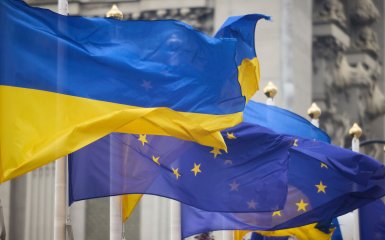The European Commission soon plans to present a plan for a package of loans to Ukraine in the amount of 50 billion dollars secured by profits from the frozen assets of the Russian Federation.
Points of attention
- The European Commission plans to provide a loan to Ukraine from the frozen assets of the Russian Federation in the amount of 50 billion dollars.
- The process of providing loans to Ukraine at the expense of profits from the frozen assets of the Russian Federation should be completed by the end of the current year.
- The European Commission is working on a mechanism for guaranteeing loans at the expense of the reserve in the European budget.
- The EU plan was created in order to provide continuous support to Ukraine and to signal the support of the G7 countries and other countries of the world.
- Hungary is an obstacle to providing loans to Ukraine from the frozen assets of the Russian Federation due to the actions of Prime Minister Viktor Orban.
What is known about the EU's plan to provide loans to Ukraine from Russia's frozen assets?
According to the information of the Ministry of Economy of Ukraine regarding the statement of the European Commissioner for Economy Paolo Gentiloni, all legislative initiatives to provide Ukraine with several loans at the expense of profits from the frozen assets of the Russian Federation should be completed by the end of the current year.
The initial moment of this process is very urgent. That is why, and also because of the G7 summit next week, the commission is working intensively to bring the proposal for discussion as soon as possible, that is, very soon, Gentiloni emphasised.

Who prevents the EU from transferring loans to Ukraine from Russia's frozen assets?
The European Commissioner noted that the EU is currently looking for a way to bypass Hungary's decision to provide loans to Ukraine at the expense of the frozen funds of the Russian Federation.
Budapest stood in the way of billions of euros of urgently needed military aid for Kyiv.
Hungarian Prime Minister Viktor Orbán also stunned Western allies seeking a united front through Ukraine when he travelled to Moscow earlier this month to meet with Vladimir Putin.
The European Commission is working on a mechanism that will be guaranteed at the expense of a reserve in the European budget, but this is possible only until the end of the year.
Continuity of support to Ukraine is one of the most important features of this new package of loans, as we want to give a clear signal that the G7 countries and other countries of the world will continue to support Ukraine as long as it is needed, Gentiloni emphasised.




